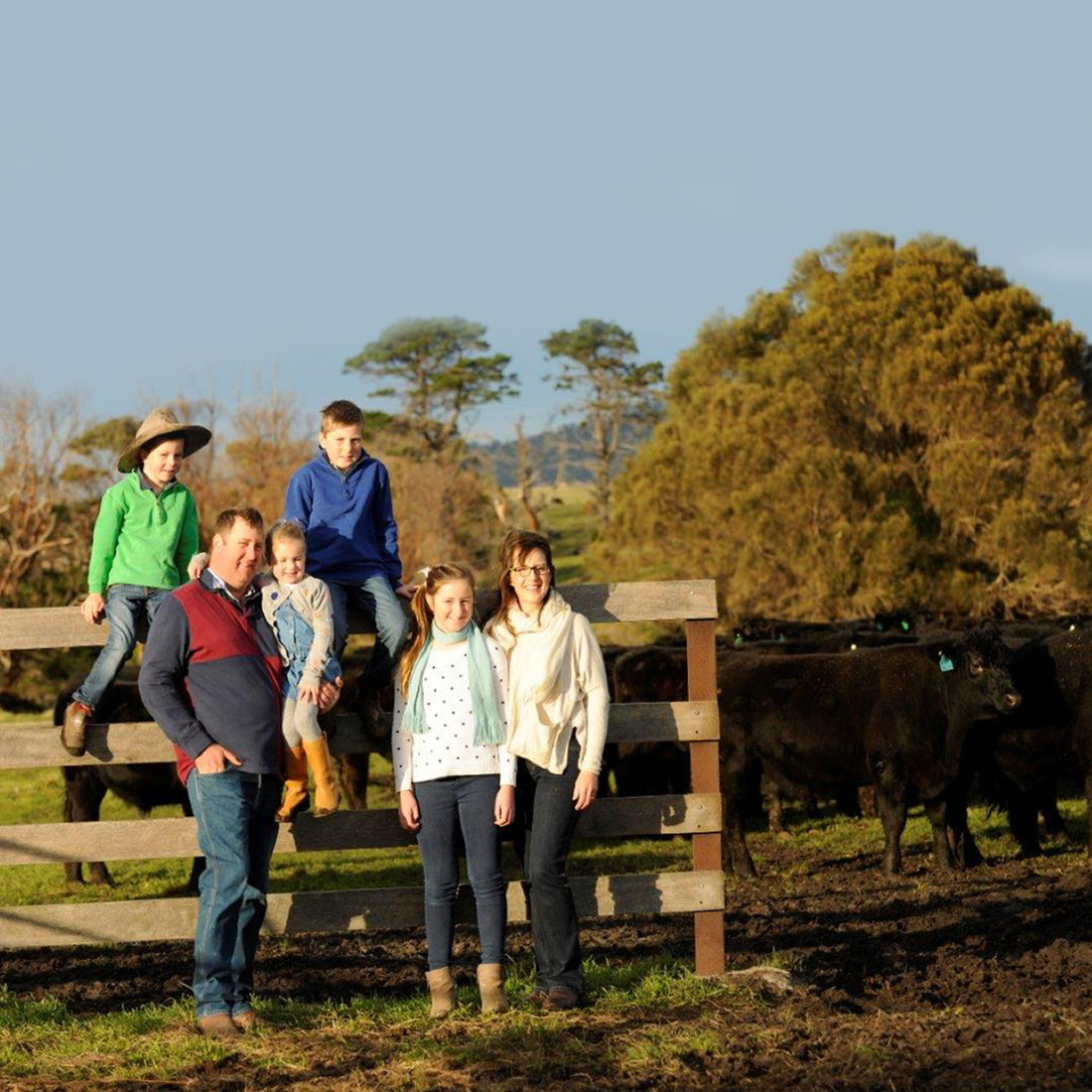
What is Regenerative Farming?
It wasn't all that long ago that farming was done the way it was for thousands of years.
Especially in meat production, it was pretty basic. The sun shines on grass, cattle eat the grass, people eat the cattle. Most of this was done locally too. A lack of refrigeration meant you could really only get the beef as far as it could walk before it was processed. As populations grew, trends in production made it easier to centralize agriculture. Trains, trucks, refrigerators, and freezers, and cattle production is done on a level that was never before seen. To meet the demand, farms started taking a lot of shortcuts. Some of these shortcuts had to do with the raising and feeding of the cattle. These "factory farms" looked nothing like the pasturelands of grasses and creeks. Instead, feedlots took over, with lots of grain feed that worked to bulk up cattle quickly and cheaply.
Why use regenerative farming?
So much of the grains and cereals grown today go towards making animal feed for meat production. These GMO-heavy crops are doused in pesticides and fertilizers because they strip the land of any natural nutrients they need to keep growing enough to keep up. Regenerative farming goes back to the old-school method of allowing free-range grazing and grass-finishing which worked for thousands of years, but using the latest technology to keep a close eye on factors such as soil depletion, water use, and natural fertilization. By respecting the natural processes at play between sunshine, grass, and cattle, the land is replenished as it needs to be, without pumping it full of fertilizers and relying on GMO grains like factory farms do.
Read more: What is grass finished?
Regenerative vs. Traditional
There are pros and cons as well as differences between regenerative and traditional farming.
- Sustainability: Regenerative is done with sustainability in mind. The long term effects on land and water use are carefully considered. With traditional farming, very little consideration is made towards the long game of how this will affect the land generations down the road.
- Nutrients in beef: What the animals consume on the range is what goes into the beef with regenerative, as well as the fertilizer the animals create while browsing. Factory farming allows vitamin supplements and more control of what goes into feed, and regenerative animals get their nutrients and vitamins from the range they graze on.
- Animal health: A big reason vitamins and antibiotics are added to feed in factories is to combat disease. Sanitary conditions and stress impact the immune systems of animals, which are generally harder to maintain on a factory farm.
- Stress: An animal on the free-range is going to be less stressed out than a feedlot animal.
- Chemical saturation on the land: The wastewater alone from a feedlot is extremely toxic. It often just gets sent into waterways. The damage for waste material sticks around in the soil for years, unlike in an open range where it is dispersed more safely and actually helps fertilize the soil.
- More expensive: More land, more workers, and a need to protect those animals make for more expensive beef.
- Animals don't bulk up nearly as fast: When you aren't feeding cattle with high-calorie feeds, and they are out walking around all day, they don't bulk up as fast, and so it takes time to get them ready to process.
- Size: The beef from regenerative farming is smaller in size because the animal is always at a healthy weight, so steaks will typically be smaller in lb. size when you buy them.
- Fat color: The color of fat in animals that have been pasture-raised is an off-white color. This is because of the beta-carotene in it, and not a bright white color that is more common in the butcher case.
Read more: We've found the best beef
Pre and Regenerative Farming
Pre has a strong relationship with regenerative farming and has worked with farmers and ranchers who use regenerative farming practices for years. These farmers understand the benefits and drawbacks of these methods. Our aim is to constantly improve our product as well as the impact we have on the environment. We want to bring our customers a quality product that they can enjoy without the bad taste of poor agricultural practices in every bite.
Our team has decades of experience and a mindset that invites new ideas and best practices. It's not just about doing things better, it's about doing them smarter. We have the technology and a wealth of information to draw from, so we should put it to work! Learn more about us by clicking this link.
Where can I find Pre?
Check out our store locator to find out where you can buy Pre near you! If you don't see a close location, you can request Pre at your local grocery store with this form. If you would like to learn more, join our email list to get delicious offers, events, recipes, and more!


